Inside a culinary lab at the University of British Columbia, nine students took turns offering a menu of insect-infused recipes to a panel of judges.
Beef tacos wrapped in cricket flour-laced tortillas. Mealworm ginger sugar cookies “to add a little protein during the holidays.” And cheesecake with a layer of crushed cricket fudge. Judge and UBC executive chef David Speight snapped off a piece of ginger cookie in his mouth.
“It doesn’t really taste like mealworm,” he said with a smile. “That’s good.”
The competition, billed as the Great UBC Bug Bake Off, pit the students against each other to see who could come up with the tastiest, and perhaps least offensive dish. But for students who had just spent months learning about insects as food and feed, the stakes of eating bugs was much larger.
“We’re going hungry globally,” said UBC student Rozy Etaghene, after presenting her cheesecake.
By 2050, the global population is expected to hit nine million people. To feed all those mouths, agricultural production will have to double, according to the UN’s Food and Agricultural Organization. But agriculture already takes up 30 per cent of the planet's land, with up to 70 per cent of that reserved for livestock like cattle, pigs and chickens.
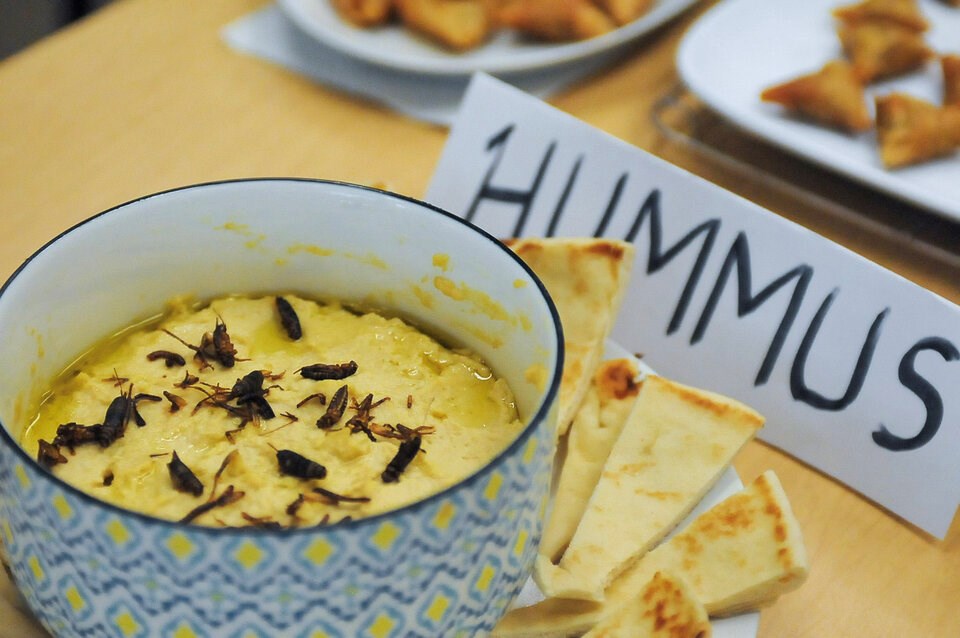
With the production of meat already accounting for 18 per cent of all human-caused greenhouse gases, doubling that system in 25 years would only serve to hasten global warming and drive an extinction crisis, say critics.
“Our food system is broken,” said Speight after the competition. “As the world grows and food security becomes more of a problem, we’re going to have to look at alternatives — like insects.”
But substituting chicken wings for fried crickets is not always an easy sell. A decade ago, Vancouver chef Vikram Vij donated $250,000 to renovate UBC's culinary lab. At the time, the co-owner of Vij's restaurants, Meeru Dhalwala, was in the midst of experimentation, first putting insects on the menu in 2008.
It all started with roasted crickets, an insect that requires only two kilograms of feed for every one kilogram of body weight gain. Spiced with cayenne, cumin and coriander, Dhalwala said she would treat them like ground almonds.
“I made a cricket paratha, like a flatbread,” she said. “It was a really big deal at the time.”
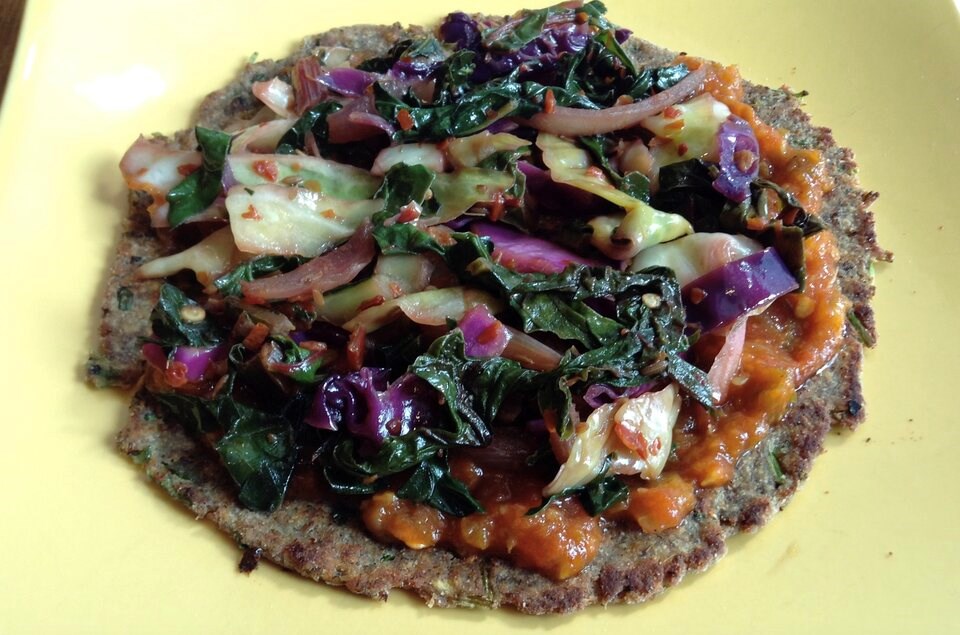
An ABC News Nightline crew came from New York to document the new menu item. A few years later, Dhalwala came up with a naan pizza dressed in crickets as if they were black olives.
Despite the wave of media attention, the public reaction was polarized. Many came to the restaurant to try bugs as a curiosity; others sent hate mail, angry Dhalwala would serve something that would degrade Indian cuisine.
By 2013, excitement around insects and their role in transforming a global food industry reached institutional levels. That year, the United Nations Food and Agricultural Organization published an influential report heralding the “huge potential” insects held for both human health and the environment.
Now head of the Canadian Food Innovation Network, at the time, Dana McCauley “was in the trenches” of the insect food world, running one of the first food business incubators in Canada.
“I had like four different cricket companies working in that space and taking my programming,” she said. “At that point, there was a blend between [the TV show] Fear Factor… and people who were really into sustainability.”
“We were having all the conversations about whether or not crickets were the next big thing.”

Over the coming years, insect farms and processing facilities began to scale up across Canada. In 2018, the Canadian government gave a $210,000 grant to the company Umamize to grow crickets and mealworms in Quebec’s first large-scale edible insect farm. That same year, Loblaws introduced a high-protein cricket powder under its President’s Choice line of products.
At Dhalwala’s now-closed Seattle restaurant, her cricket dishes sold well.
“You had families coming in and the kids were eating it, mom and dad were eating it. I mean, yeah, everybody in Seattle, everybody was eating it,” she said.
But in Vancouver, most people came to try insect-infused dishes as a short-lived novelty. Dhalwala closed the Seattle restaurant in 2015, and after experimenting with soldier bullet flies, gave up on bugs altogether.
“I see them in like cafes, and then they're gone. They're not for sale anymore,” Dhalwala said.
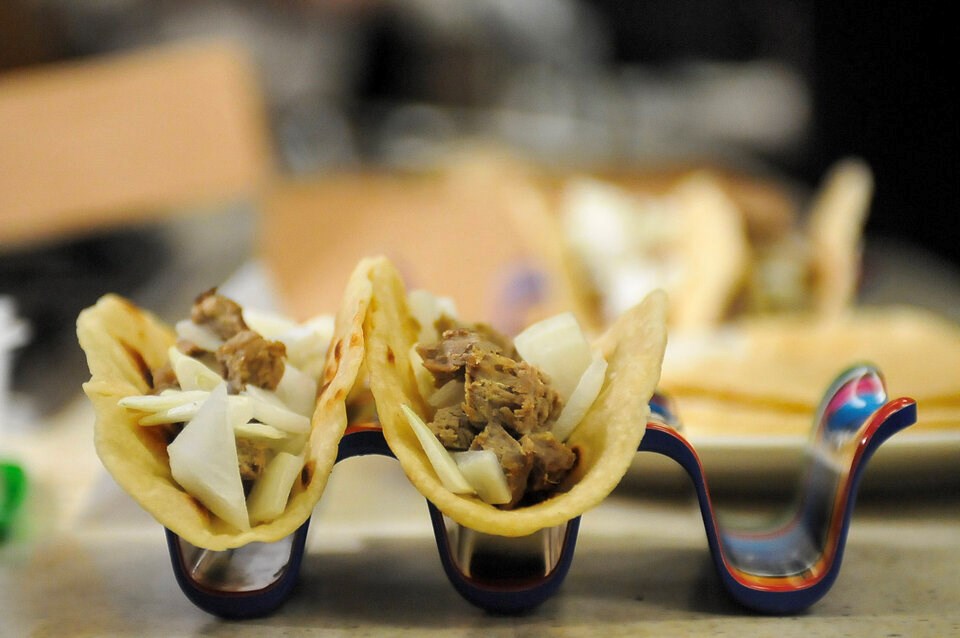
A number of local companies that got off the ground selling cricket-bolstered energy bars have also struggled with their business model. Those who continue to sell crickets for human consumption have looked to market the protein under different names. Exo, which was backed by New York City rapper Nas and sells cricket energy bars on Amazon, markets the protein as “acheta” after a genus of cricket.
Many have partially or wholly pivoted to animal feed, a less picky class of diner. In 2021, the B.C.-based Enterra Food Corp. received a $6-million grant from Ottawa to build a new plant where black soldier flies would recycle 130 tonnes of food waste a day, converting it into 10 tonnes of animal protein feed and up to 15,000 tonnes of organic fertilizer. And in 2022, a similar pet-food venture in London, Ont., known as Aspire received a federal grant to produce three million kilograms of cricket protein per year, also largely for pets.
Re-directing insect farms to supply animal feed could have a major impact. In the U.S., pet food accounts for almost a third of animal food production's environmental footprint, according to one influential 2017 study. But the turn to feeding insects to animals instead of people also reflects an industry's failed expectations, said McCauley.
“It’s hard to to socialize people to do something new and as ritualized an experience like eating,” said McCauley. “North Americans just aren't there.”
McCauley said insect protein has also faced stiff competition from the rise of engineered proteins made from plant protein, which tend to more closely resemble the taste and textures of meats North Americans are used to.
Some companies, like Aspire, have started to export crickets to East Asian countries where eating insects is more culturally accepted, McCauley said.
“There's a North American story, and then there's a global story,” she said. “It diversifies our economy from being, you know, the tillers of soil and the hewers of wood.”
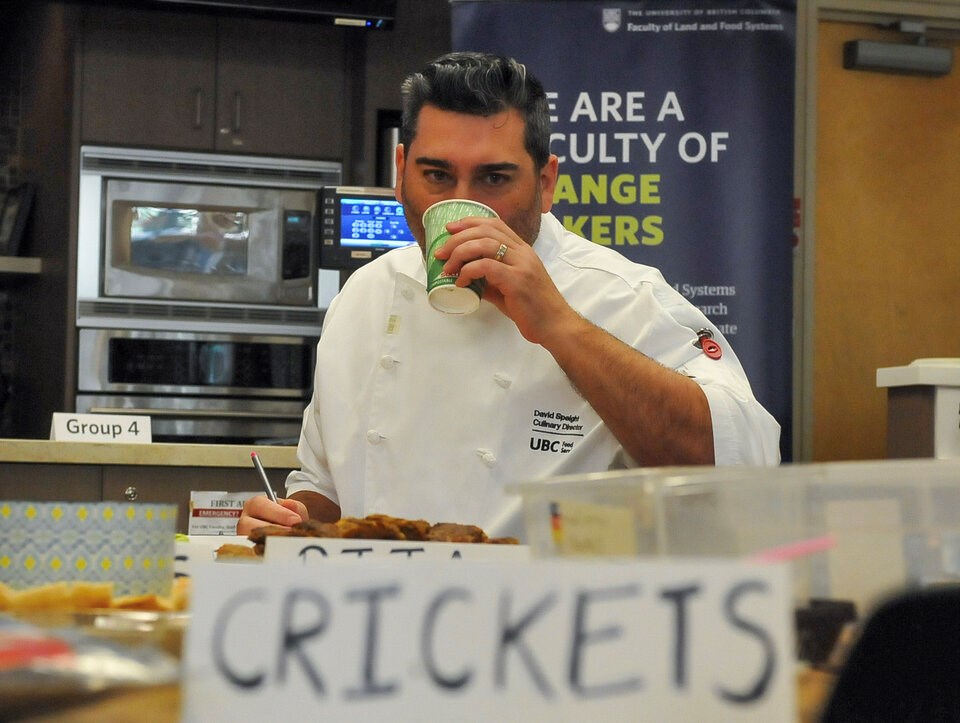
The opportunities for Canadian food producers could be massive. Insects form a part of people’s diet in more than 3,000 ethnic communities spread out across 130 countries around the world.
In Cameroon, women often harvest beetle larvae by placing their ears against the trunks of palm trees in an attempt to detect a nibble. In the Democratic Republic of the Congo, similar strategies are used to track down the larvae of weevil and scarab beetles. Cans of black weaver ants — a biological control agent used to control pests in mango plantations — are sold across much of Asia from China to Sri Lanka.
Back in Vancouver, crickets have tended to face a lower “cultural yuck factor,” according to Dhalwala. Part of that may be due to a growing familiarity with traditional Mexican cuisine. Some Mexican restaurants have experimented selling chapulines — crickets often netted in corn fields before being roasted and dusted with salt, chili and lime.
A staple of Indigenous cuisine for millennia, in Toronto, at least two Mexican restaurants have mixed the crickets in guacamole and hot sauce in an attempt to please their guests. And in Vancouver, La Mezcaleria has experimented with chili-chapulin salsa.
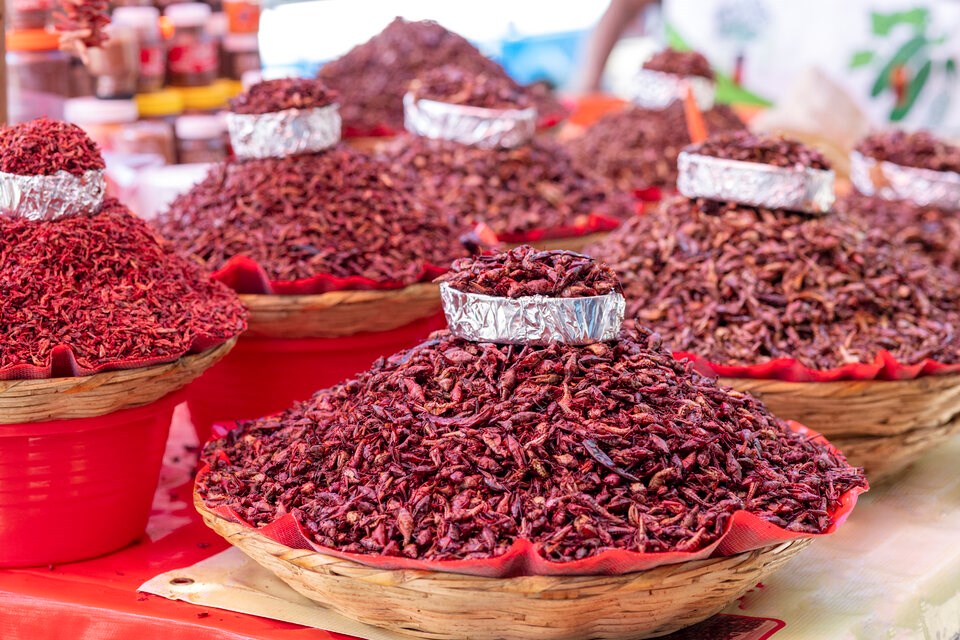
While the insect food movement may not have reached its early dreams, McCauley says the West's experimentation with insect consumption has helped opened the door for a new sustainable food movement.
“It continues to be a provocative, fun, interesting hook for people to get together and to talk about big issues like protein and sustainability,” she said.
For Etaghene, who grew up in the Fort McMurray area, eating insects was easier once she realized it was part of established cuisines.
Raised on the jollof rice of her Nigerian roots, it wasn’t until she learned this fall that eating saturniid caterpillars has long been common practice among some of Nigeria’s Igbo, Nupe and Yoruba people. As she put it, it’s not what you eat, but who shows you how to eat it. And feeding hungry people and dampening the impacts on the planet’s environment makes the decision to eat insects even more palatable, said the 20-year-old.
“We’re more open to it as a generation. We’re doing new things. We’re trying new things,” Etaghene said. “I think it just takes time.”
Back at the UBC culinary lab, the judges had come to a decision: Etaghene's cheesecake had lost out to a pound cake and plate of cranberry short-bread cookies — both baked with cricket flour.
But Etaghene already had plans for her next cricket flour recipe.
“I’m going to surprise my parents. They like cupcakes,” she said. “I might just slip some in.”


